Your Lucky Bamboo Is Probably Unhappy. Here’s the Real Way to Fix It.
Let’s be honest, we’ve all seen them: those sad-looking ‘lucky bamboo’ plants sitting on an office desk, their leaves turning a worrying shade of yellow. If you’re reading this, you probably have one, and you want to do better. Good news—you absolutely can.
In this article
But before we get into the how-to, here’s a quick win. If you do just ONE thing today, do this: dump out that old tap water your plant is sitting in and replace it with fresh, bottled distilled water. You can grab a gallon for about a buck at any grocery store. Seriously, that simple swap is the best insurance policy for your plant’s immediate health.
Now, let’s clear up the biggest myth. The plant we call lucky bamboo isn’t bamboo at all. It’s a type of Dracaena, a tough-as-nails tropical plant from the rainforest understory. This means it’s more like a snake plant or corn plant than the grassy stuff pandas eat. Understanding this is the key to everything, because it’s not some mystical decoration that runs on good vibes—it’s a living thing with real needs.
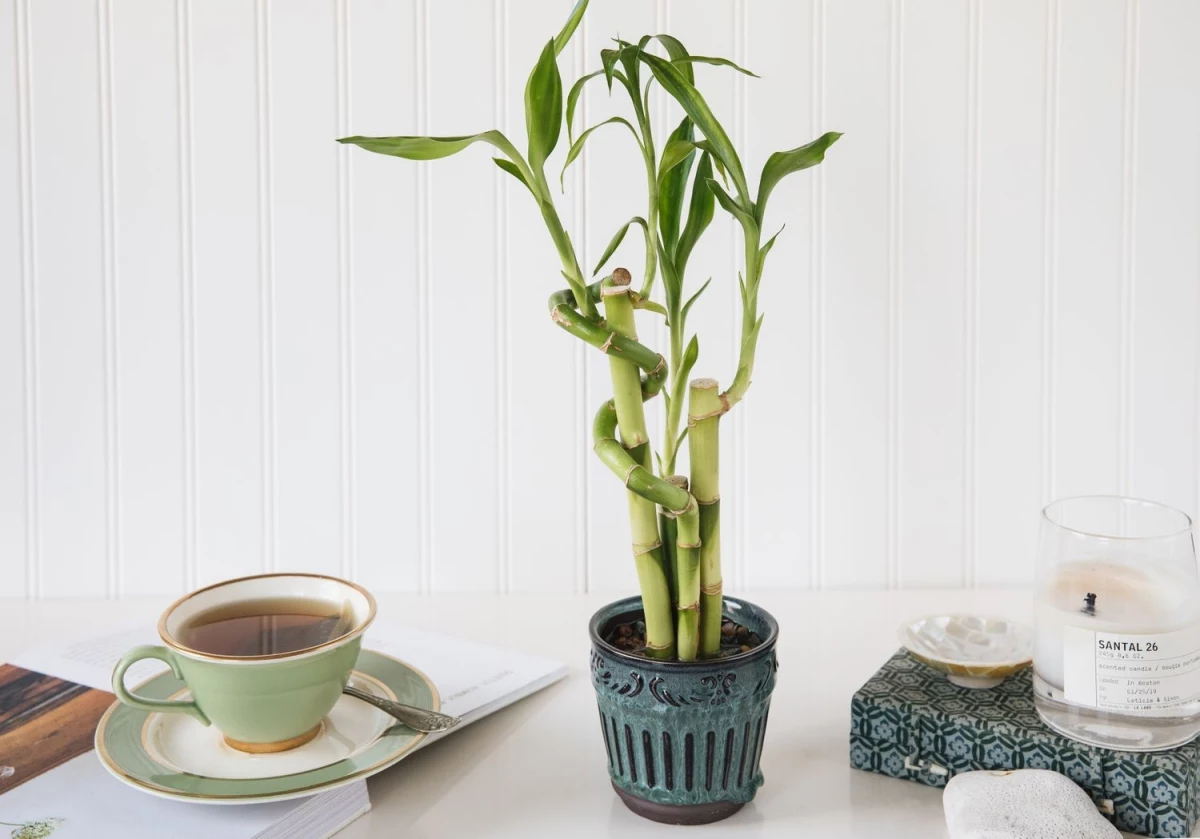
What to Look For When Buying (or Rescuing) One
Your journey to a happy plant starts at the store. A cheap plant from a big-box store might seem like a deal, but it’s often stressed from transport and less-than-ideal care. No matter where you get it, here’s the pro checklist:
- Give the Stems a Squeeze: The canes (which are really just stems) should feel solid and firm. If you feel any soft, mushy, or hollow spots, put it back. That’s rot, and it’s a non-starter. The color should be a vibrant, even green—no yellow or brown splotches.
- Check the Leaves: You want to see lush, deep green leaves. If they look pale or washed out, the plant is likely starved for nutrients. Crispy brown tips? That’s usually a sign of bad water quality, a common issue in stores that use tap water.
- Peek at the Roots (If You Can): If it’s in a clear vase, the roots should be a healthy reddish-orange or white. If they’re black, slimy, or smell funky, that’s root rot. Avoid it!
- Do a Quick Pest Inspection: Look closely where the leaves meet the stem. See any fine, spider-like webbing? That’s spider mites. Tiny white cottony fluff? Mealybugs. It’s so much easier to leave a pest-infested plant at the store than to fight an infestation at home.
Oh, and a quick tip: when you bring your new plant home, keep it away from your other houseplants for a week or two. This little quarantine period ensures you don’t accidentally introduce any surprise pests to your collection.
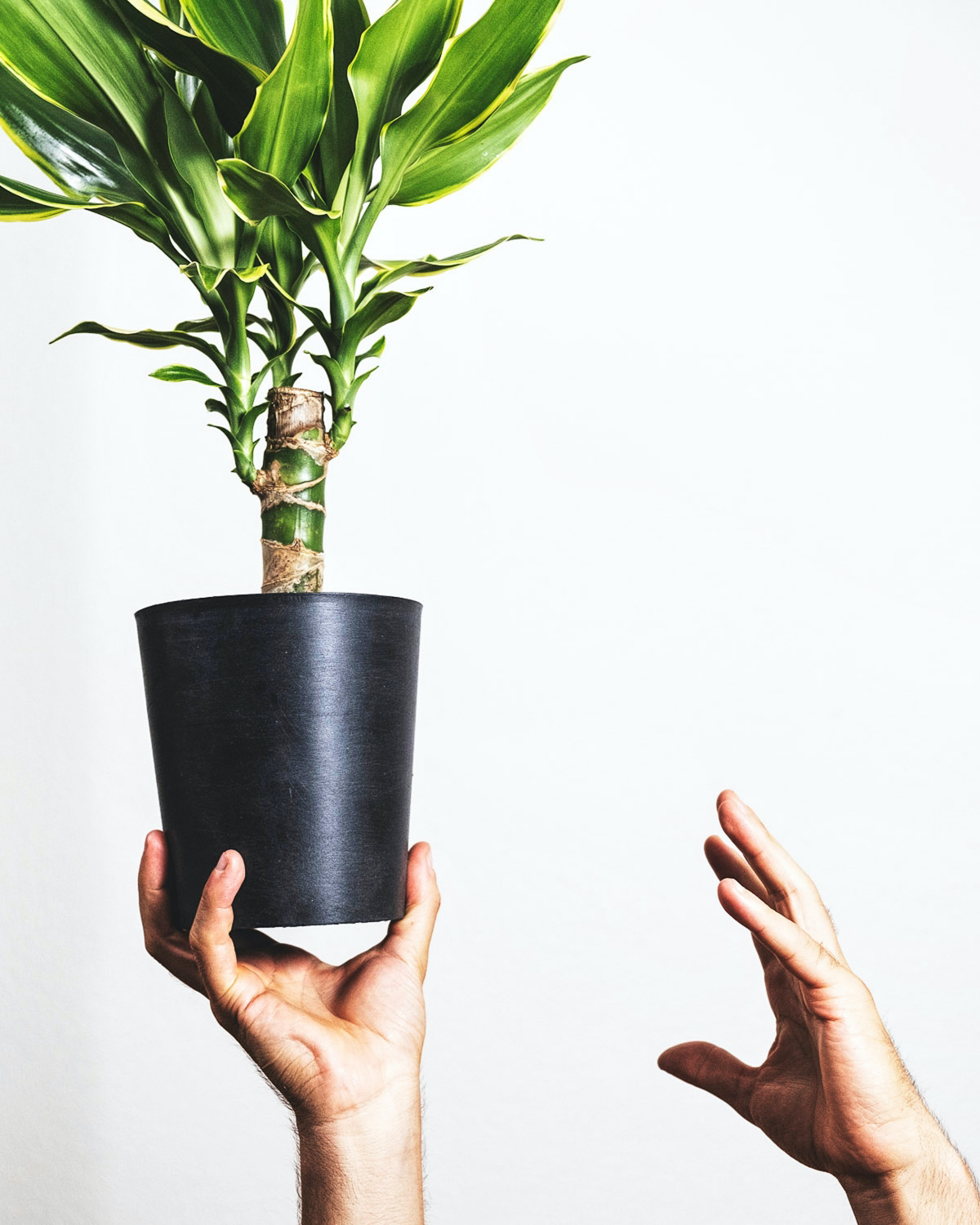
The Great Debate: Water vs. Soil
Okay, this is where most people get tripped up. Yes, you can keep this plant in water. But should you? For its long-term health, the answer is a resounding no. Growing it in soil is, without a doubt, the superior method. Let’s break down both.
Option 1: Keeping it in Water (The High-Maintenance Method)
Most lucky bamboo is sold this way, but it’s basically life support, not a thriving environment. If you stick with water, you have to be meticulous.
Water is EVERYTHING. I can’t stress this enough. Most tap water contains fluoride, and Dracaena plants are extremely sensitive to it. It builds up over time and causes those ugly brown, burnt leaf tips. Letting tap water sit out for 24 hours gets rid of chlorine, but the fluoride stays. Your best bets are, in order of preference: distilled water, reverse osmosis water, or clean rainwater. If you absolutely must use tap water, investing in a filter that specifically removes fluoride (like a ZeroWater pitcher, which removes all dissolved solids) is a wise move.
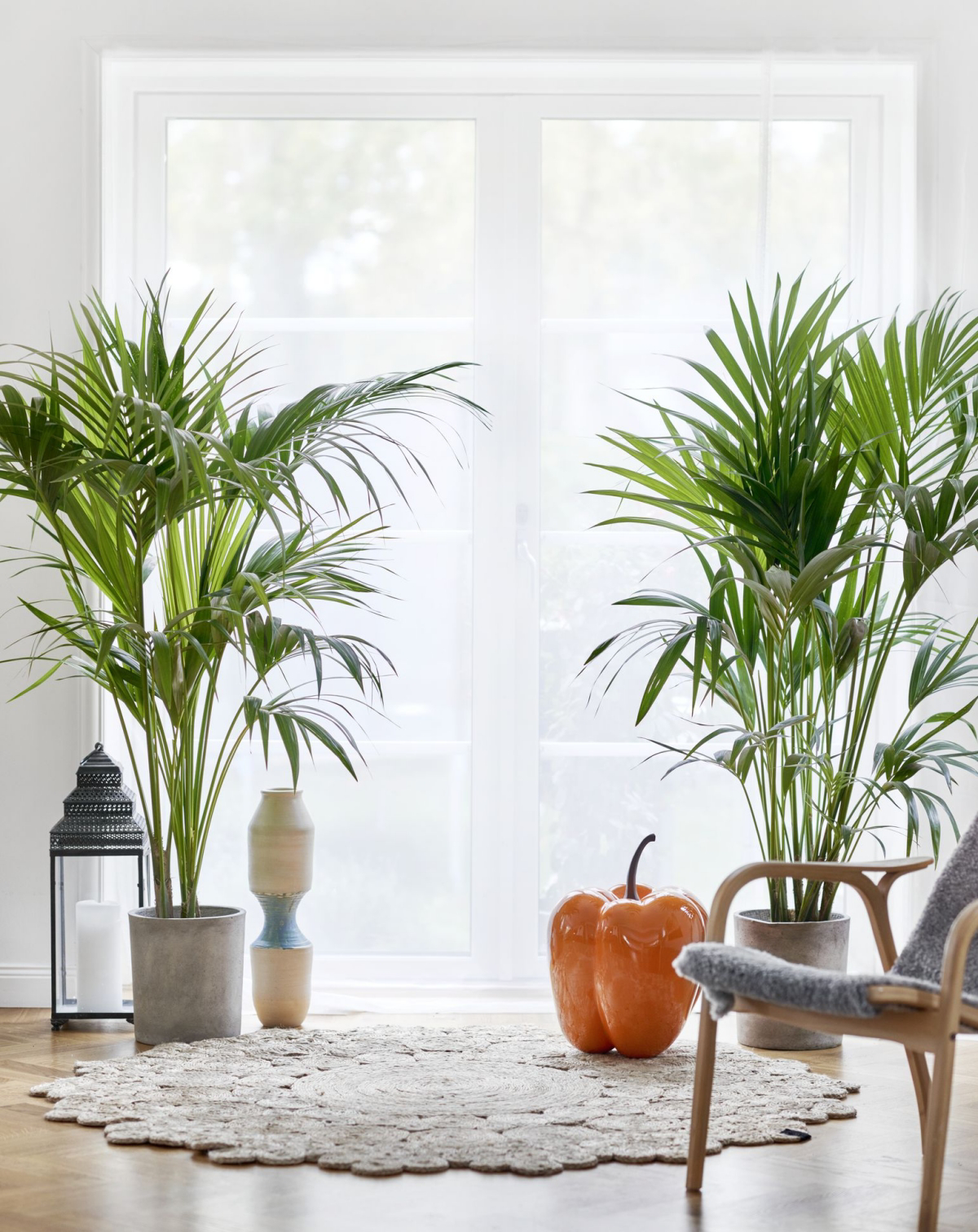
Water Level & Changes: Keep just enough water in the vase to cover the roots—usually an inch or two is plenty. If the water creeps too high up the canes, they’ll start to rot. You must completely change the water every 7-14 days. Don’t just top it off! Dumping the old water gets rid of bacteria and gives the roots fresh oxygen. If the water ever looks cloudy or smells swampy, change it immediately, no matter how recently you did it.
A Note on Pebbles & Vases: Those decorative rocks at the bottom can get pretty grimy. When you change the water, take the pebbles out and give them a good rinse under hot water to remove any slime or algae buildup. By the way, while a clear glass vase looks nice, an opaque ceramic or colored one is actually better. It blocks light, which slows down algae growth and keeps the water cleaner, longer.
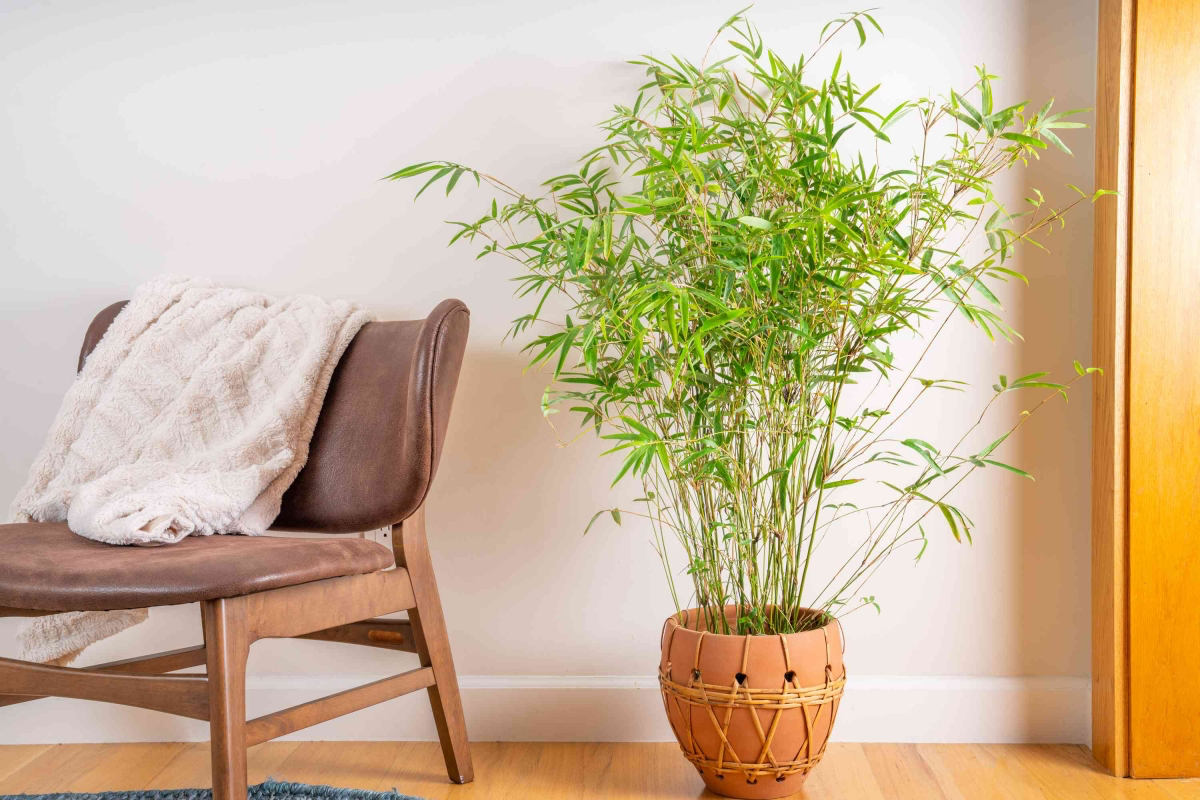
Fertilizing (Gently!): Your plant can’t live on water alone. It needs nutrients. But it’s incredibly easy to overdo it and burn the roots. Use a liquid fertilizer made for hydroponics or lucky bamboo. If you can’t find one, a standard houseplant food works, but you have to dilute it like crazy. Here’s my rule: use only 10% of the recommended dose. So, if the bottle says to add 10 drops per quart of water, you add ONE. Just a single drop. And only do this once every couple of months. Don’t love your plant to death!
Option 2: Moving to Soil (The Pro’s Choice for a Thriving Plant)
Honestly, if you want your plant to live its best life, grow bigger, and be more resilient, move it to soil. After a year or so in water, many plants start to fail. A pot of soil gives it the stability and nutrients it truly craves.
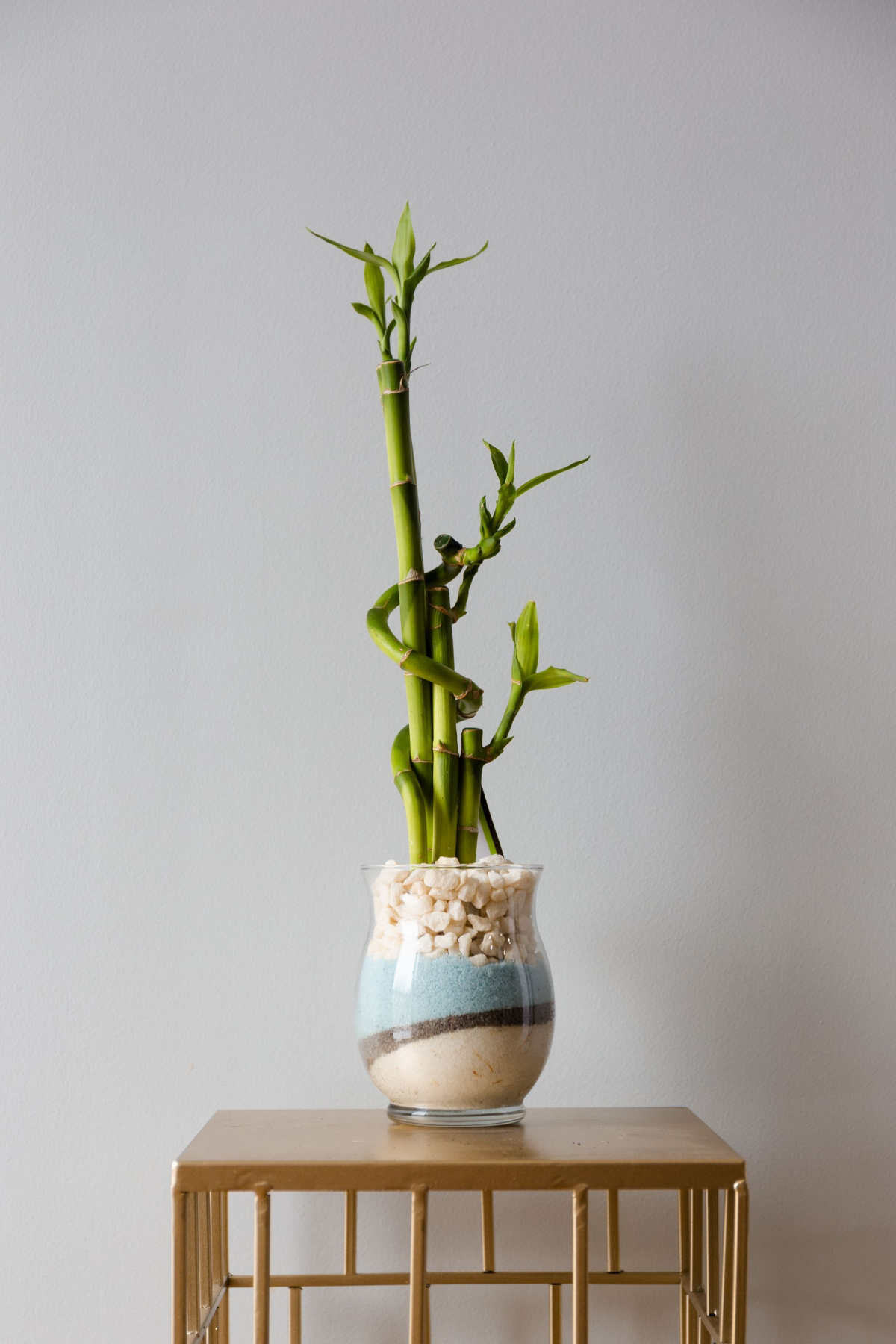
Here’s how to make the switch:
- Gently pull the plant from its vase.
- Inspect the roots. Use clean scissors to snip off any that are black or mushy. Don’t be afraid! Even if you have to trim it back to just one or two healthy orange roots, you still have a great chance of success. These plants are tough.
- Pick a pot that’s just an inch or two wider than the root system. A pot that’s too big stays wet for too long, which can cause root rot.
- This is non-negotiable: the pot MUST have drainage holes. No drainage is a death sentence.
- Plant the canes in the pot using a good soil mix (more on that below), burying them to the same depth they were in the water.
- Water thoroughly until you see it run out of the bottom drainage holes, then dump out any excess water from the saucer.
The Perfect Soil Mix: These guys need soil that can hold a bit of moisture but also drains incredibly well. A bag of standard potting mix is often too dense. You can easily make a perfect blend yourself. Just mix equal parts of these:
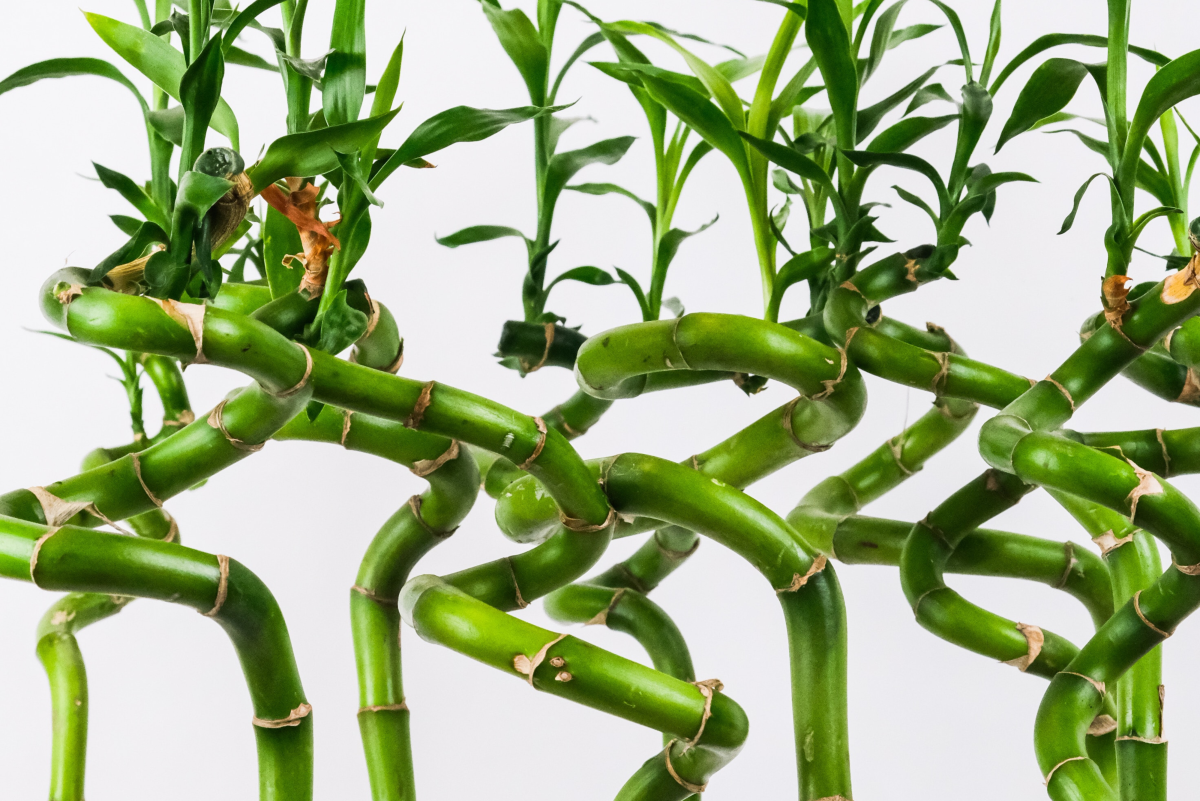
- High-quality potting soil (for a nutrient base)
- Peat moss or coco coir (to hold moisture evenly)
- Perlite or coarse sand (for excellent drainage and airflow)
A big bag of perlite will only set you back about $8-$10 at a hardware store like Home Depot, and you’ll have it for tons of other potting projects.
Plant First-Aid: Troubleshooting Common Issues
Is your plant already looking sick? Don’t panic. Here’s a quick guide to diagnose and fix the most common problems.
The Problem: Yellowing Leaves
This is almost always a water quality issue, especially if the plant is in a vase. The fluoride and other chemicals in tap water are slowly poisoning it.
The Fix: Immediately switch to distilled water. The yellow leaves won’t turn green again, so you can gently pull them off. New growth should come in healthy and green.
The Problem: A Mushy, Yellow, or Smelly Cane
This is rot. It’s a bacterial or fungal infection that turns the stem to mush from the inside out. Unfortunately, a rotted cane cannot be saved.
The Fix: Act fast to save the rest of the plant! If it’s part of an arrangement, carefully remove the rotten cane and throw it away. If the rot is only at the bottom, you might be able to cut above the mushy part and try to re-root the healthy top section in fresh, clean water. If the plant is in water, this is your sign to move it to soil immediately after removing the bad cane.

The Problem: Brown, Crispy Leaf Tips
This is classic fluoride burn from tap water. It looks like the tips of the leaves have been singed.
The Fix: Same as with yellow leaves—switch to distilled water for good. You can take a small pair of scissors and carefully snip off the brown tips to improve the plant’s appearance, but the real solution is better water.
The Problem: Pests like Mealybugs or Spider Mites
You found those little white fluff balls (mealybugs) or fine webbing (spider mites).
The Fix: Time for a little spa day. Take a cotton swab dipped in rubbing alcohol and physically wipe off every pest you can see. Then, mix a simple solution of water with a few drops of dish soap and spray the entire plant down. Rinse it with clean water after about an hour. You may need to repeat this every few days for a week or two to get them all.
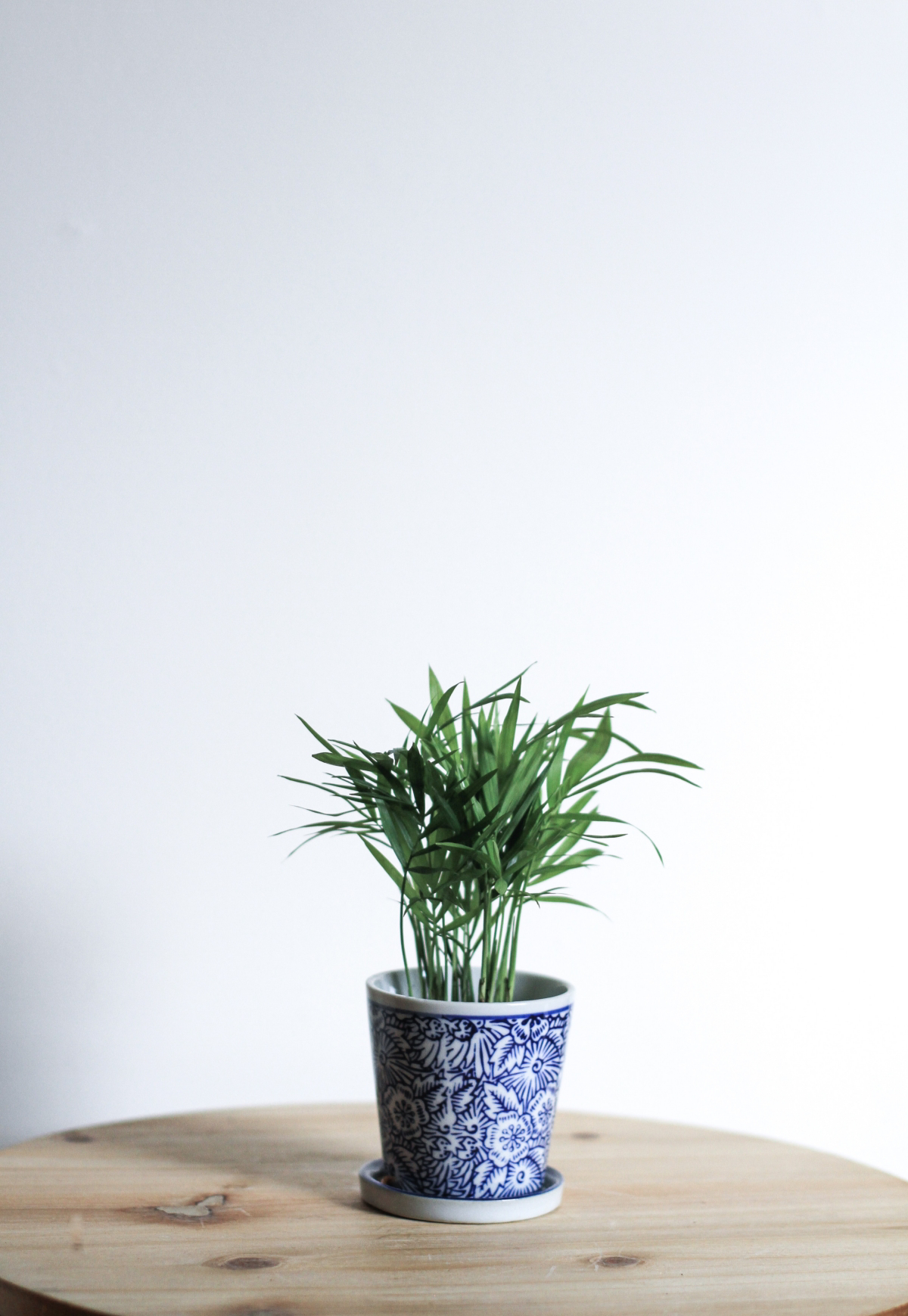
Galerie d’inspiration
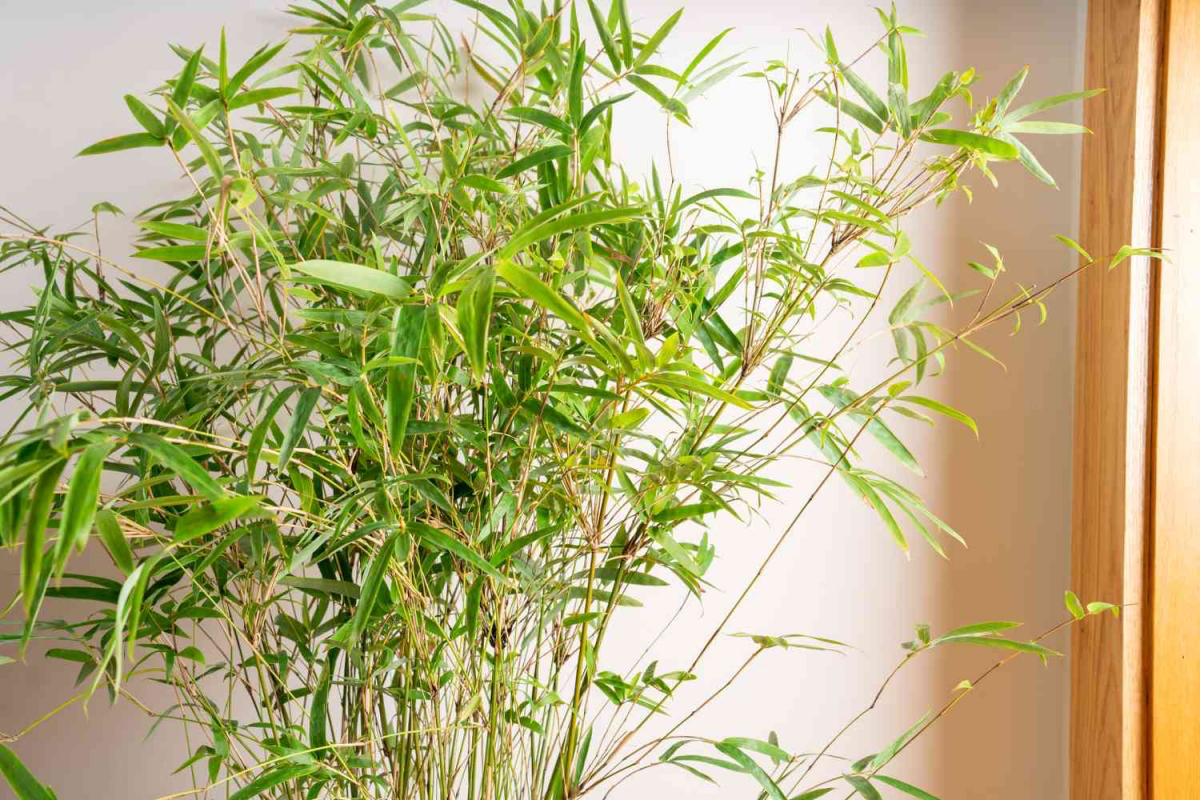
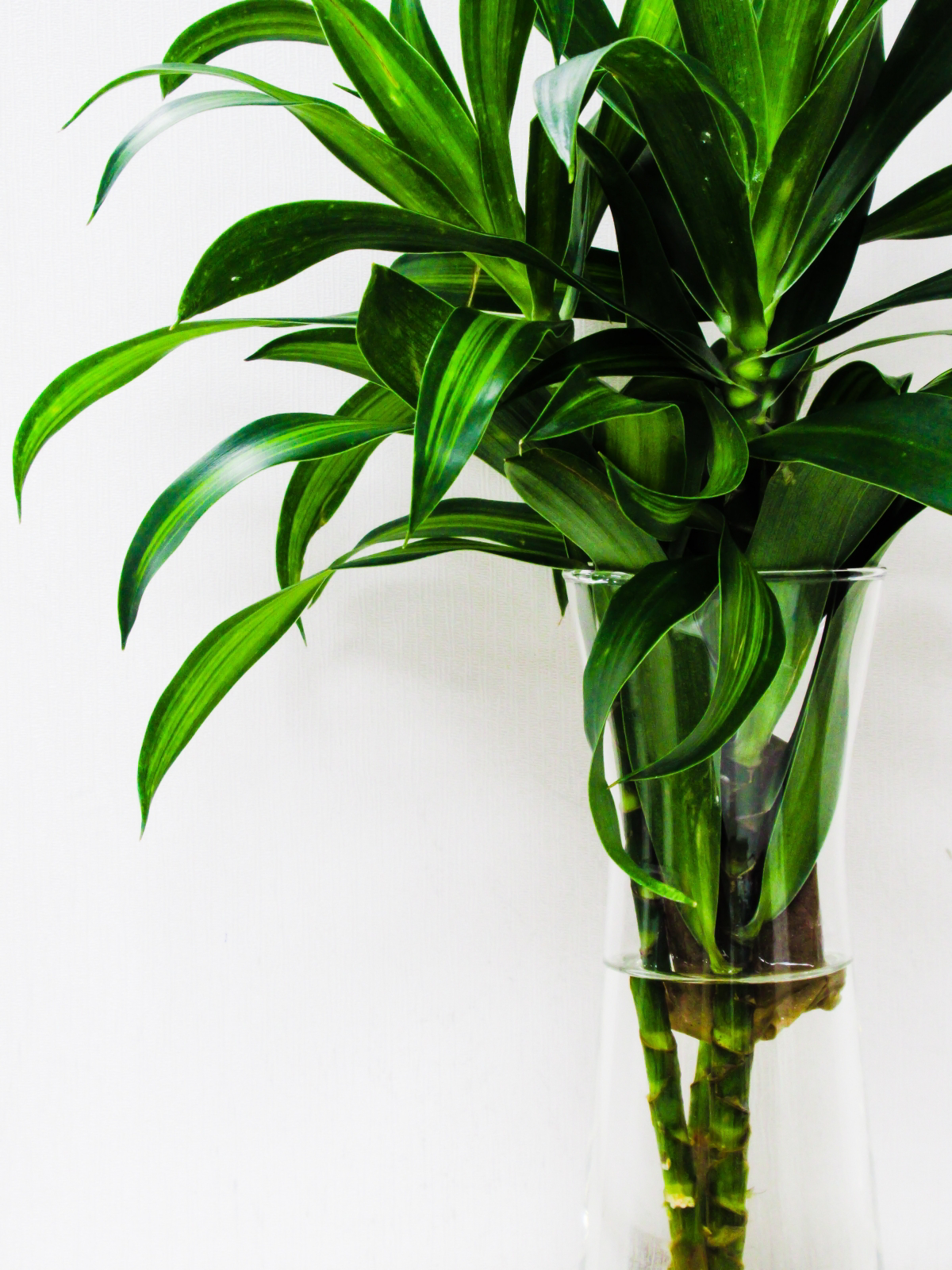
Where you place your plant is just as important as its water. Since Lucky Bamboo is an understory plant in its native habitat, it thrives in indirect light. Direct, hot sunlight will scorch its leaves, leaving yellow or brown patches. The perfect spot? On a desk several feet away from a bright window, or in a room with a north-facing window where the light is gentle all day.
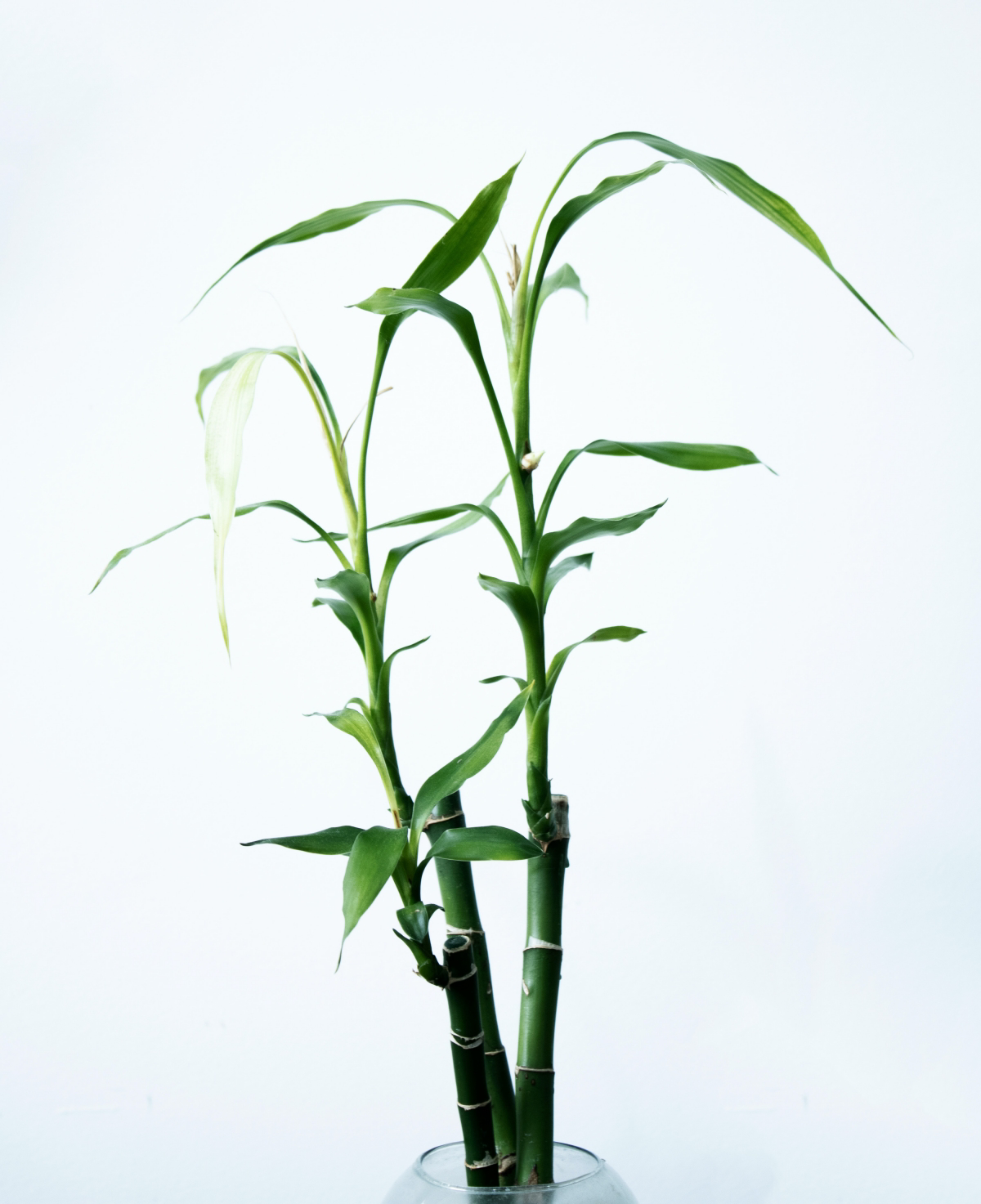
The biggest mistake after water? Over-fertilizing. These plants are very light feeders. Dousing them with standard houseplant food will burn their roots and turn the leaves yellow. If you want to give them a boost, use a specialized Lucky Bamboo fertilizer or a very diluted liquid houseplant food, like a single drop of Superthrive in the vase, only once every two or three months.
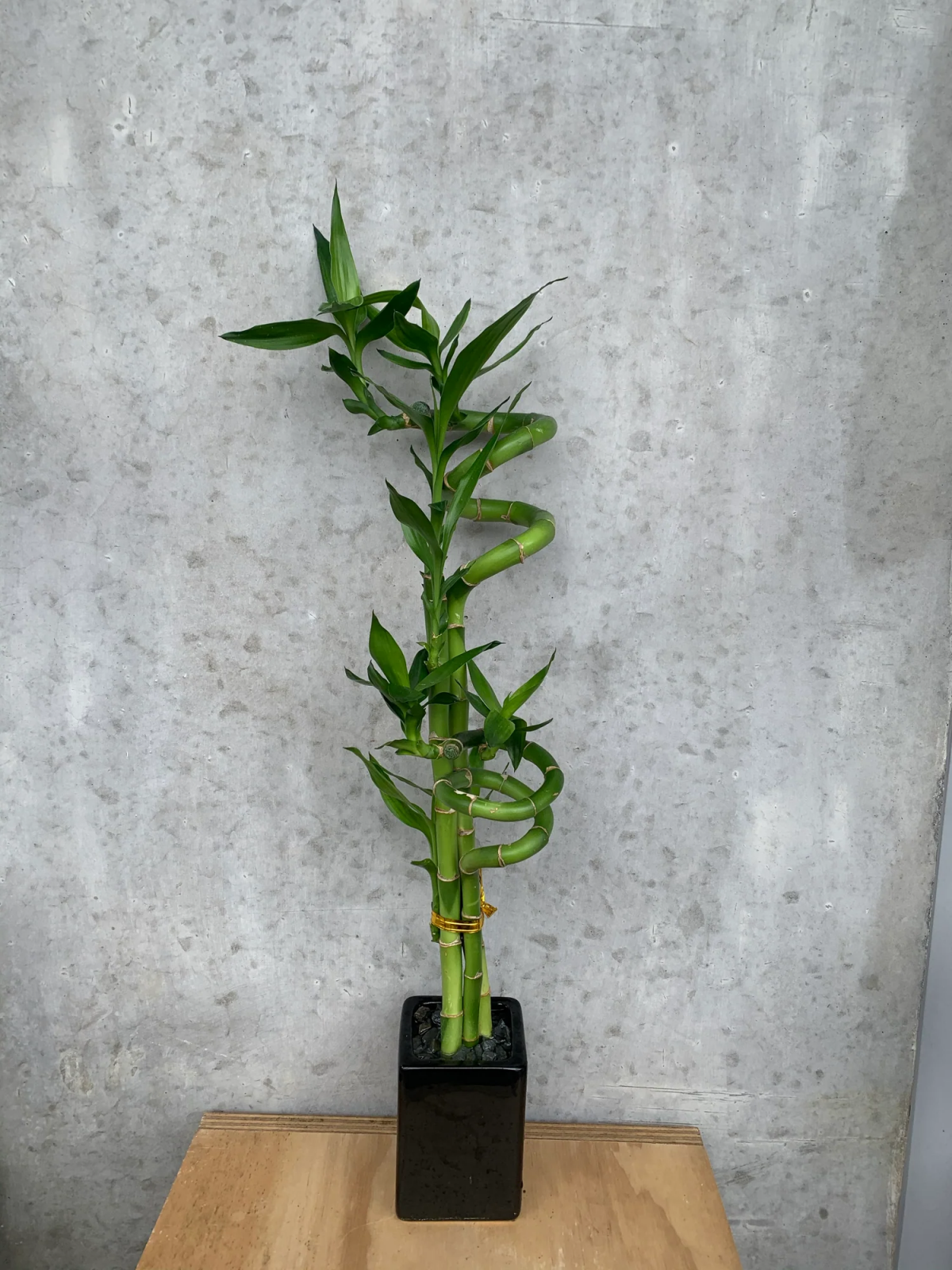
- Create brand new plants for free.
- Save a plant that has rot at the bottom.
- Share your thriving plant with friends.
The secret? It’s incredibly easy to propagate. Just take a healthy top cutting with at least one leaf node and place it in a fresh vase of distilled water. Roots will appear in a few weeks, giving you a whole new plant to enjoy or gift.
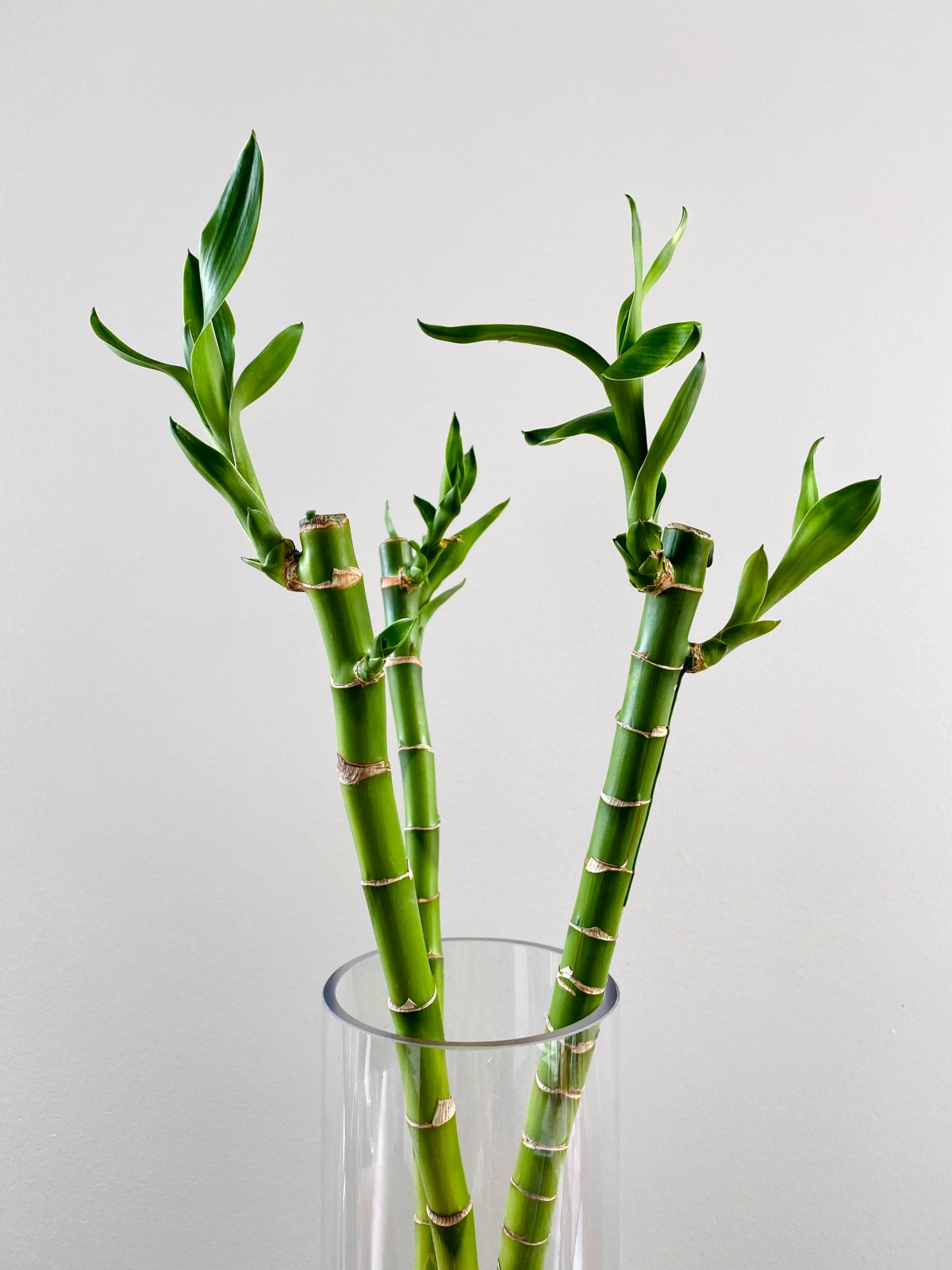
In Feng Shui, the number of stalks in a Lucky Bamboo arrangement is believed to carry specific meanings—two for love, three for happiness, five for health.
Beyond any spiritual belief, this practice is a great lesson in intentional design. Grouping stalks creates a much stronger visual impact than a single, lonely cane. An arrangement of three or five stalks, for instance, provides a sense of fullness and balance that can anchor a small vignette on a bookshelf or side table.
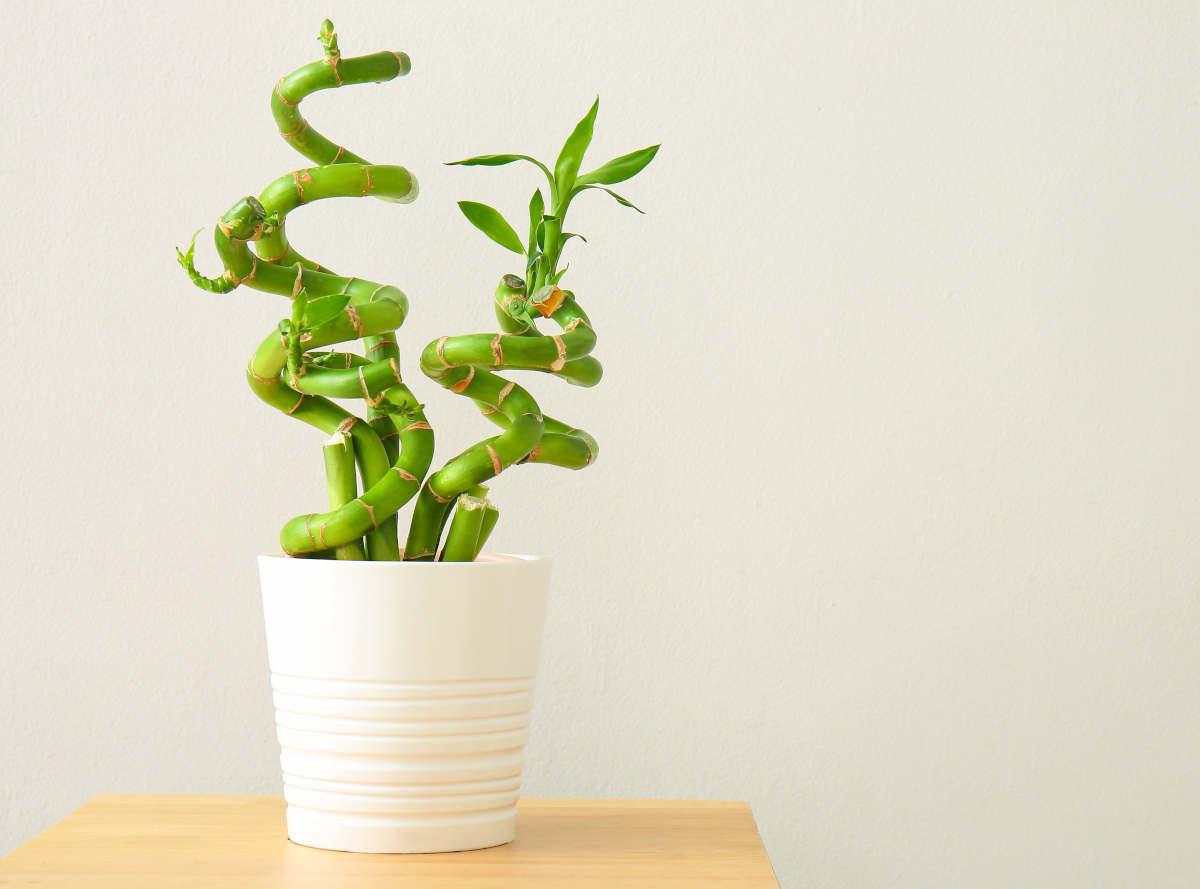
Is your Lucky Bamboo getting too tall and leggy?
Don’t be afraid to give it a haircut! You can trim the main stalk to any height you prefer. Make a clean cut just above one of the raised rings (nodes) on the stalk. The top of the plant will stop growing, but new shoots will sprout from the nodes just below your cut, creating a bushier look. Plus, you can root the trimmed-off top section in water to start a whole new plant.
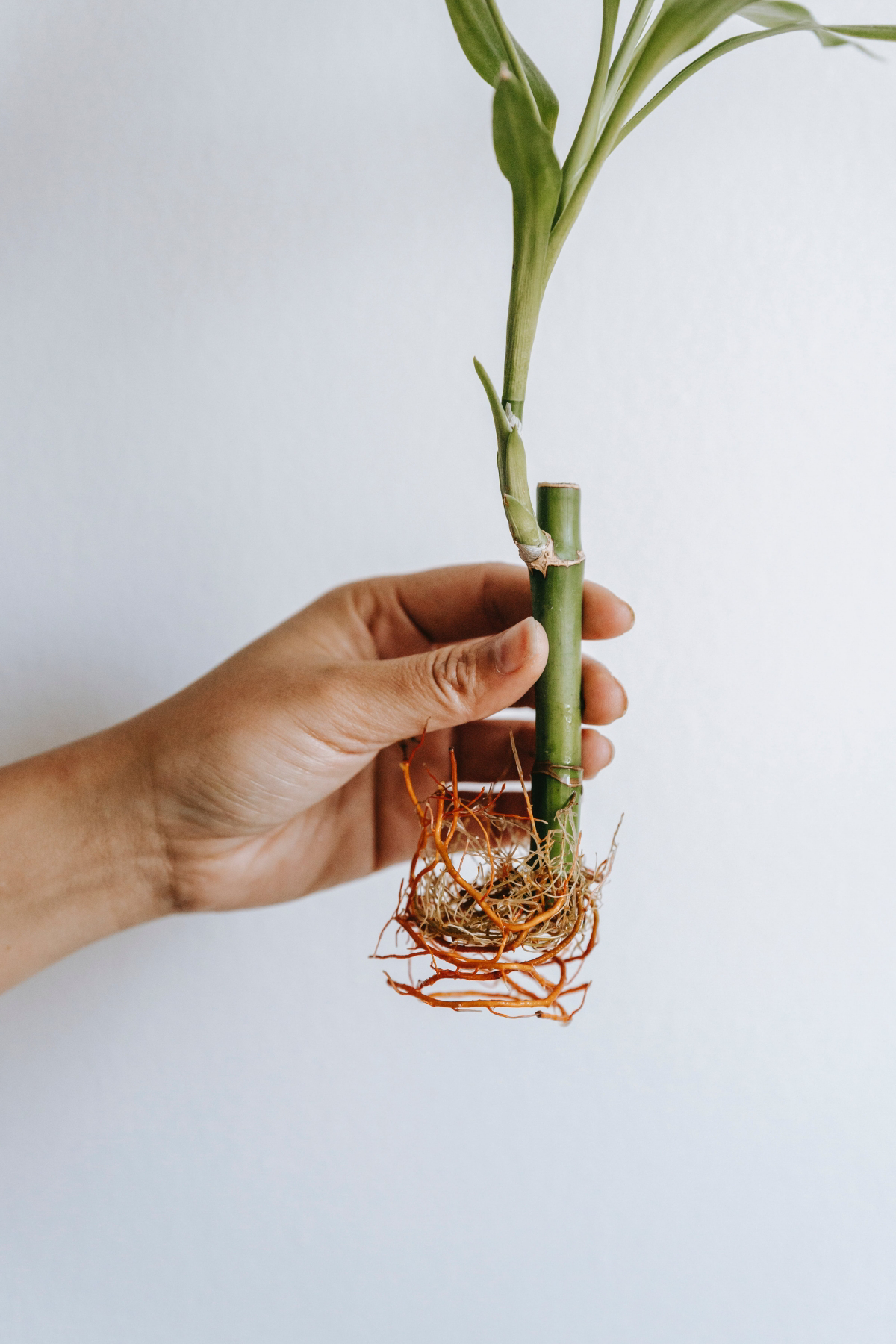
The pebbles in the vase aren’t just for decoration; they provide crucial stability for the stalks. When choosing, think beyond the basic clear glass beads:
- Polished River Rocks: Offer a natural, serene look and are heavy enough to anchor even tall arrangements.
- Lava Rock: Its porous surface can help harbor beneficial microbes, acting as a mini-biofilter for the water.
- Aquarium Gravel: Comes in a variety of colors to match your decor, but be sure to rinse it thoroughly before use to remove dust.
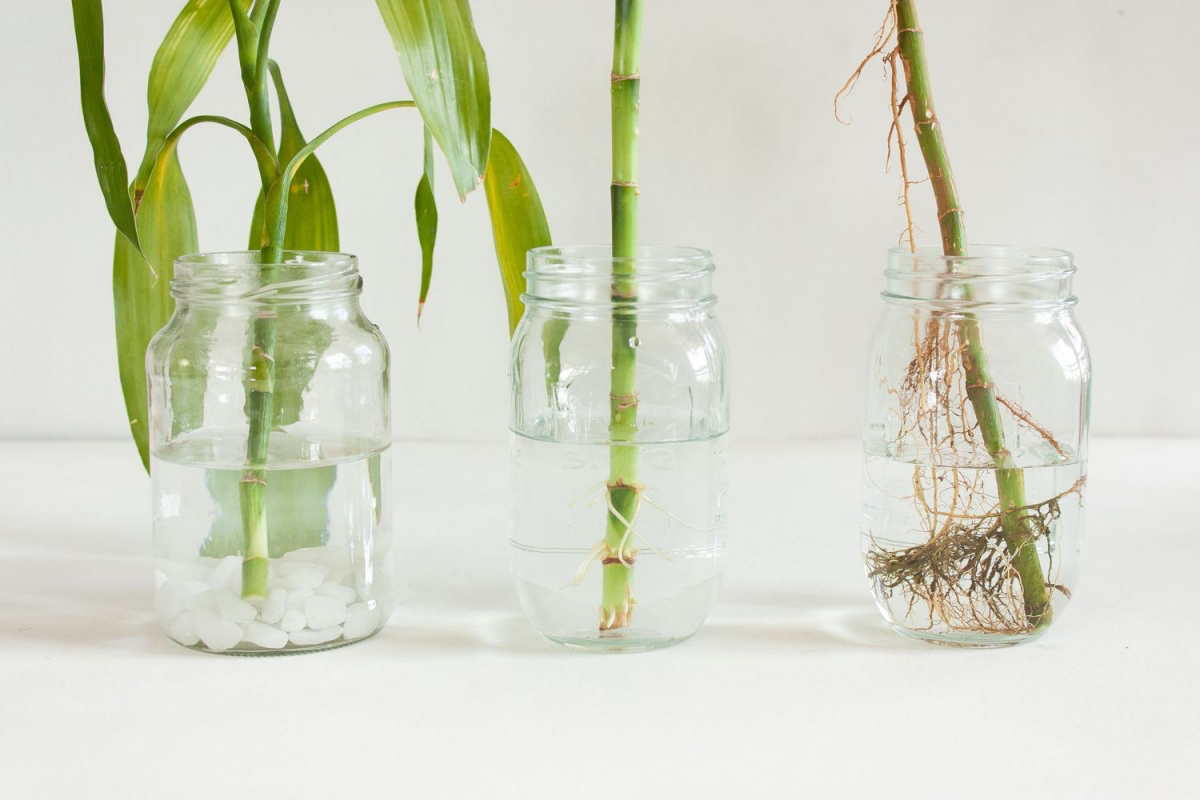
Dracaena sanderiana, the plant we call Lucky Bamboo, is native to the tropical rainforests of Cameroon in Central Africa. It has no botanical relationship to true bamboo.
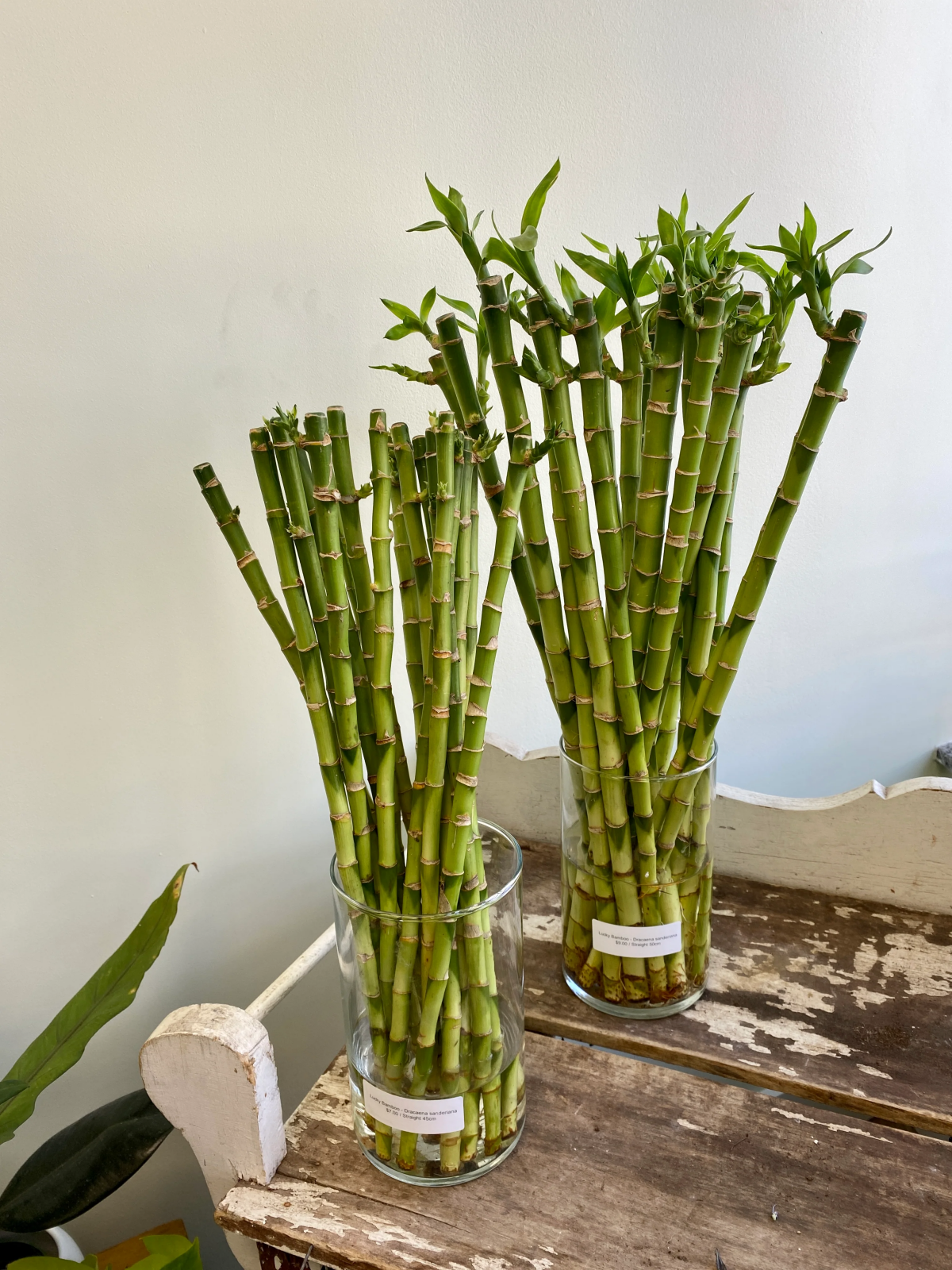
Water Culture: The classic look. It’s easy to set up and allows you to see the beautiful root system. However, it requires frequent water changes with distilled water to prevent rot and mineral buildup.
Soil Culture: A more robust, long-term solution. Planting in a well-draining potting mix (like one for succulents mixed with peat moss) provides more stable access to nutrients and is more forgiving if you forget to water occasionally.
For the healthiest plant in the long run, transitioning to soil is often the best move.
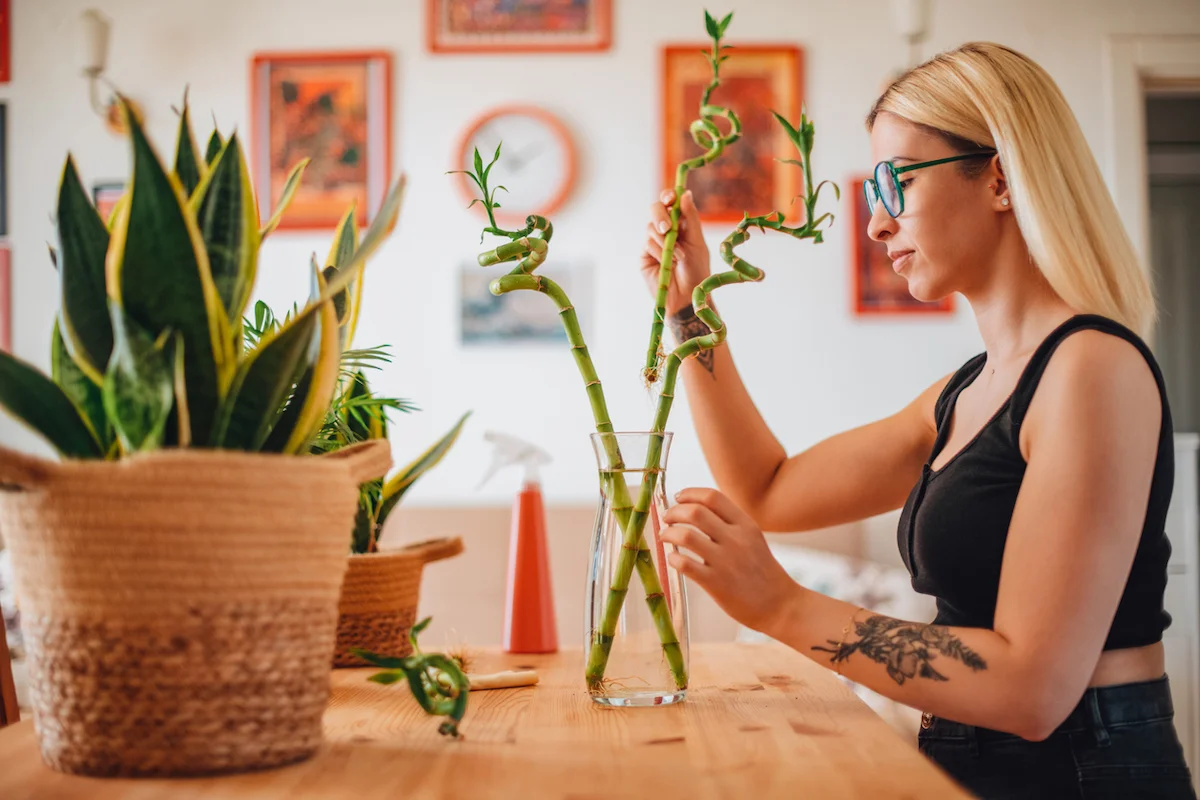
Don’t forget the leaves! In a typical home, they can quickly collect a layer of dust. This not only looks dull but also blocks light and can interfere with the plant’s ability to photosynthesize. Once every few weeks, gently wipe down each leaf with a soft, damp cloth. It’s a two-minute task that keeps your plant looking glossy and healthy.
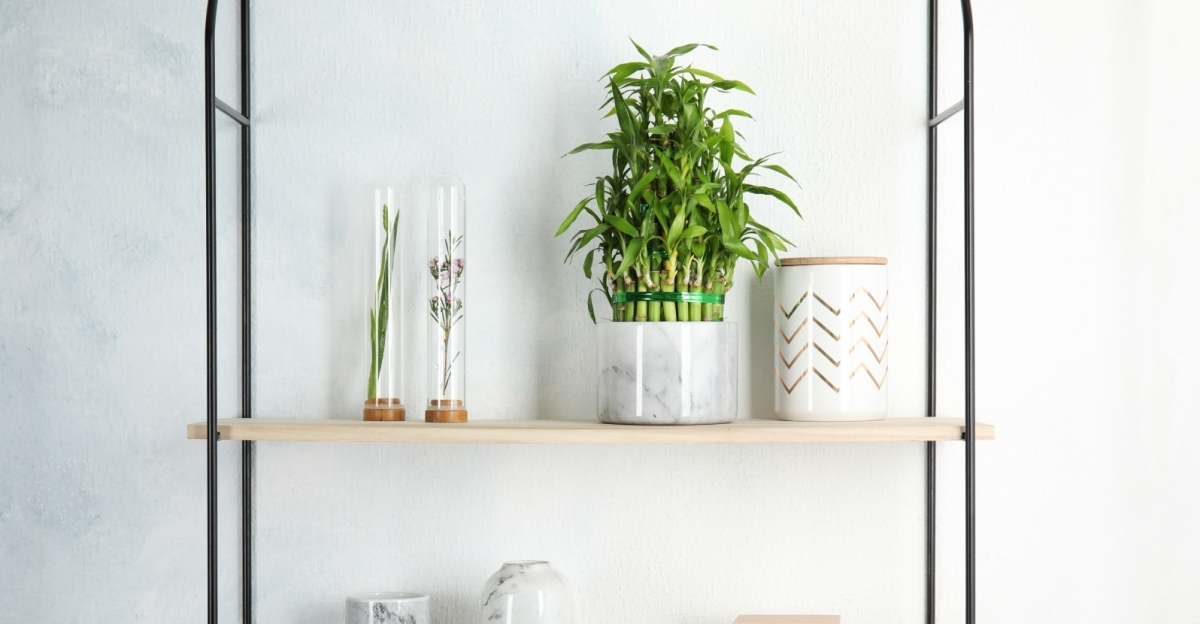
- Leaves are pale or have a yellowish cast, not just at the tips.
- New growth is small, weak, or slow to appear.
- The green of the stalks looks washed-out instead of vibrant.
If you see these signs, your plant is likely starving. It’s time for a very mild dose of a specialized, nitrogen-rich liquid fertilizer.
While a clear glass vase is the go-to choice, it can encourage algae to grow by letting in light. Consider an opaque ceramic or colored glass container. This not only blocks the light that algae needs to thrive, keeping the water cleaner for longer, but also allows you to introduce a pop of color or a texture that complements your room’s decor.










